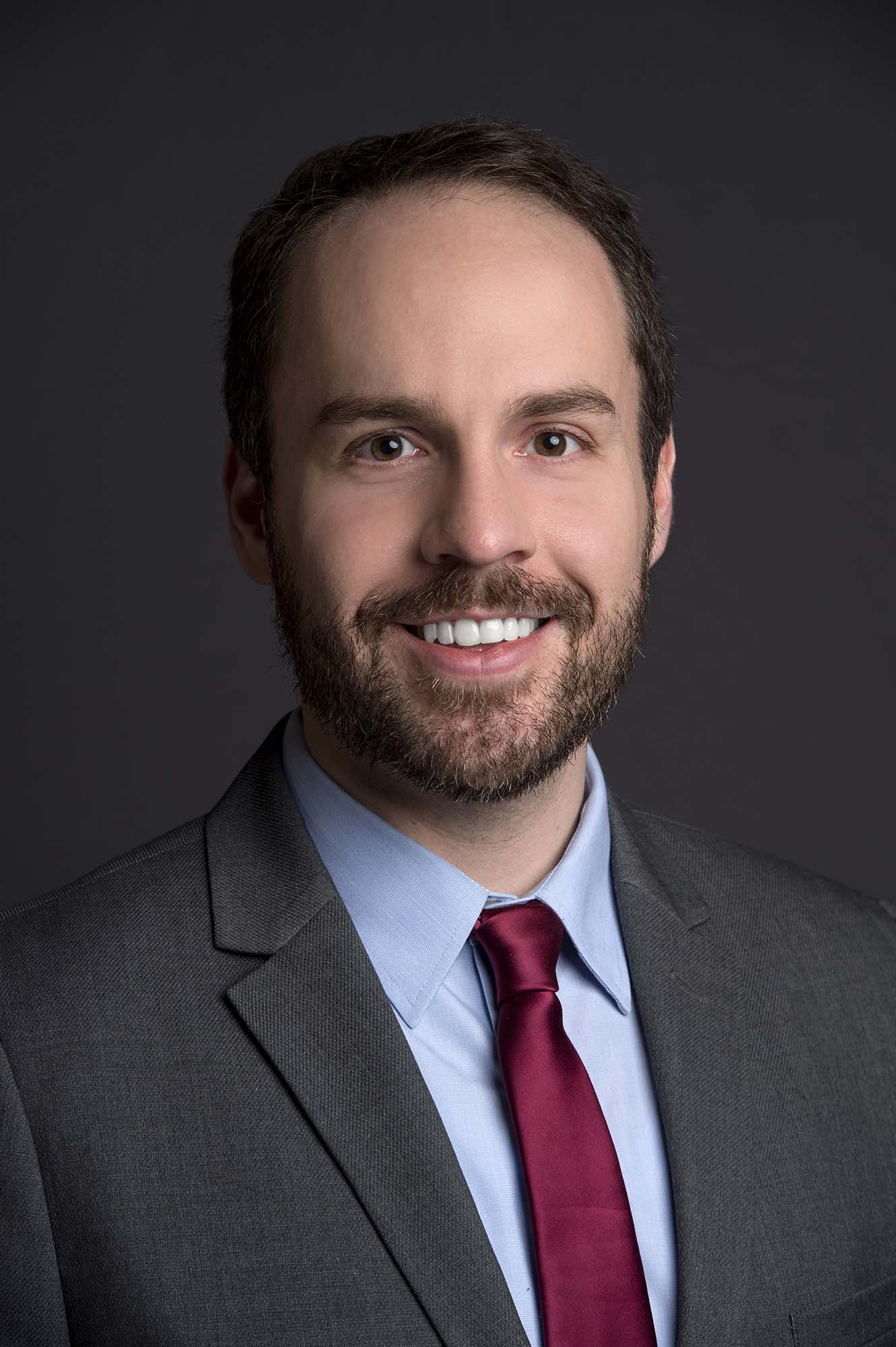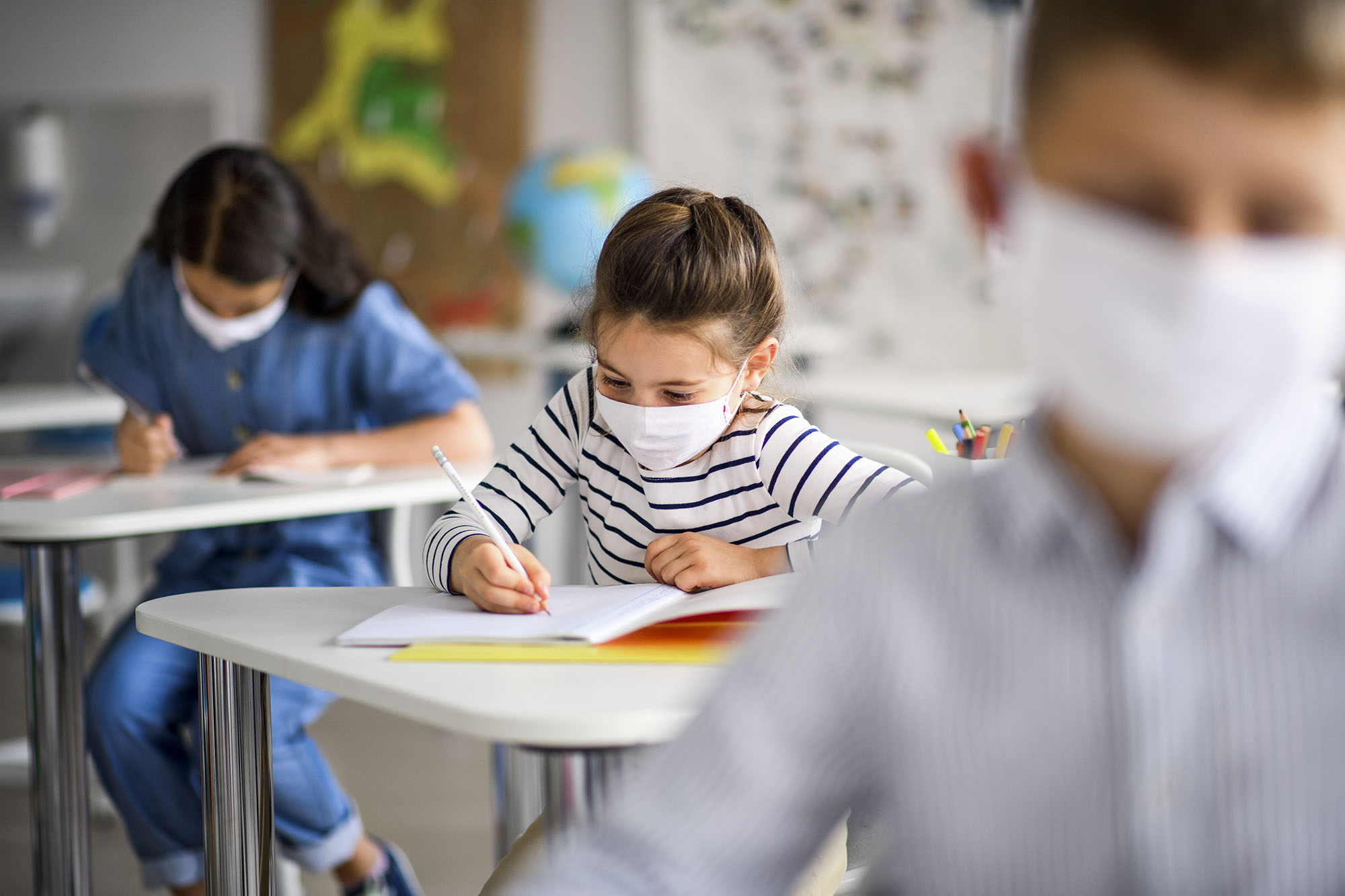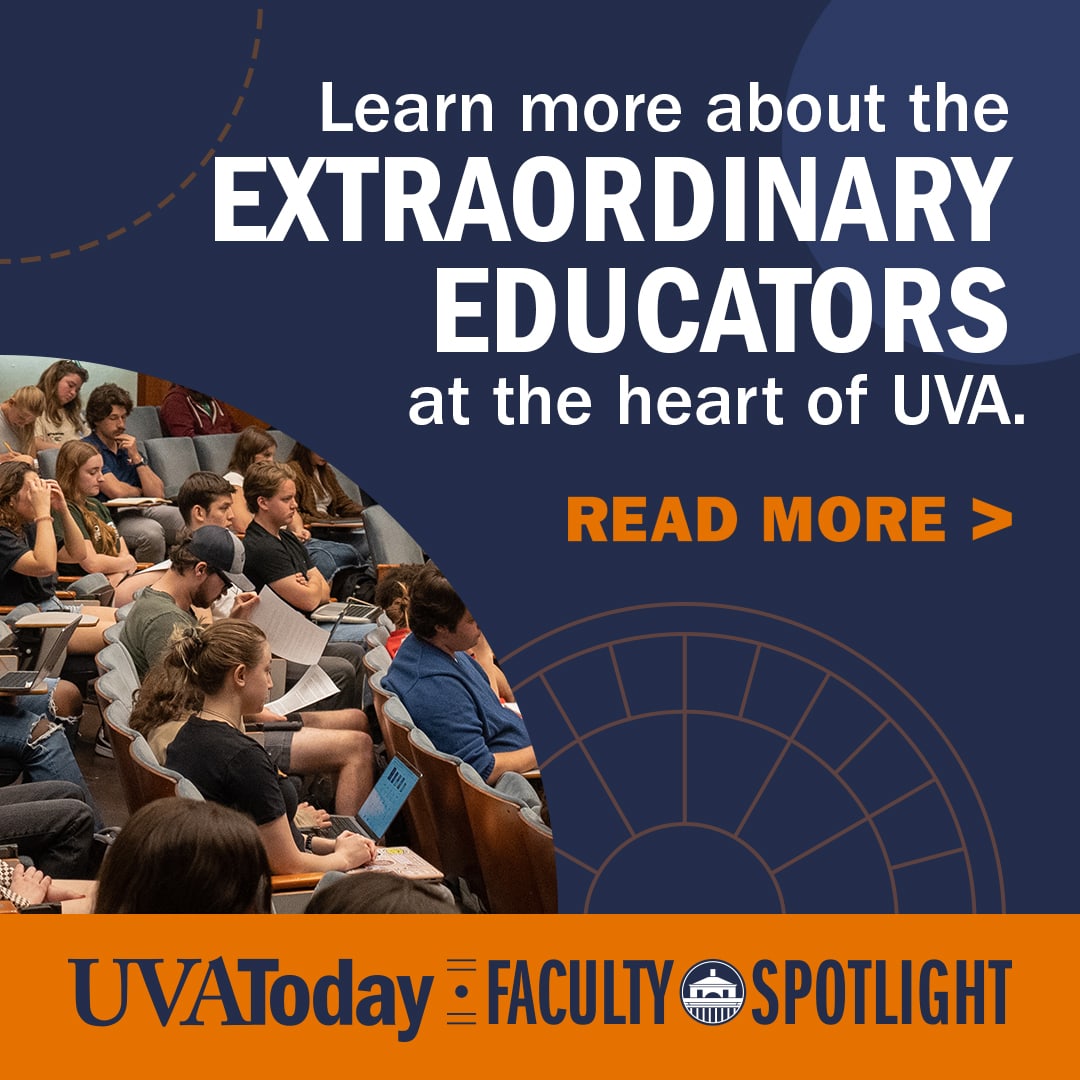With the school year winding down, policymakers and education leaders are focusing their attention on what needs students will have once they return to the school buildings on the other side of the coronavirus pandemic. One central concern will be anticipating and understanding the impact of interrupted formal learning.
For most students across the United States, COVID-19 significantly disrupted school routines, resulting in a spectrum of learning experiences ranging from part-time, school-based learning to live, online learning to disconnection from schools and teachers entirely.
“The scale of learning disruption that students have experienced this past year or more will bring with it specific challenges that deserve the attention of educators and policymakers,” said Chris Chang-Bacon, assistant professor at the University of Virginia School of Education and Human Development, “but it should not be called ‘unprecedented.”
Chang-Bacon’s scholarship focuses primarily on English language learners and includes research that can speak directly to the challenges that come with interruptions to formal education. In a published paper last month, Chang-Bacon argues how this research on students with interrupted formal education can offer insight into what students need as we recover from the pandemic.

Chris Chang-Bacon is an assistant professor at the University of Virginia School of Education and Human Development. (Contributed photo)
“As we begin the hard work of recovering from the pandemic and reconnecting students to schools, it is important that we don’t treat students as ‘broken,’ or only through the lens of ‘loss,’” Chang-Bacon said. “There is an important body of research that examines this exact phenomenon.”
Researchers working to understand and improve inequities for English language learners have long been examining the impacts of interrupted formal learning. “Students with interrupted formal education” is the term often applied to immigrant youth who experience a gap in formal schooling as a result of family migration or instability in their original country of residence. Additional research explores other reasons students experience disruptions in formal learning, including housing insecurity, school suspensions, natural disasters or chronic health issues.
Researchers have identified a series of resources students need as they re-enter a formal learning environment. Among the most important is a responsive curriculum that takes into consideration where students are and not where teachers and policymakers think they “should be.” This curriculum should come paired with policy and programmatic accommodations.
“This is no small ask of schools and school leaders,” Chang-Bacon said. “It may mean bringing teachers, students and families together to really rethink what a curriculum should look like and who it is designed to serve. But we are failing students if we measure them against the standard of a normal school year and not one where they have experienced the upheaval of a pandemic.”
Chang-Bacon also identifies the need for significant social-emotional supports as critical for students returning to formal in-person learning. Instead of considering this work as prioritizing students’ wellbeing over academic efforts, research shows that when an emphasis is placed on students’ social-emotional health, students often excel on curricular standards.
“If you bring students back to in-person schooling, tell them they are ‘behind,’ and just make them grind to meet some admittedly arbitrary norm without processing any of what has happened this year, we’re going to lose them – academically and emotionally,” Chang-Bacon said.










